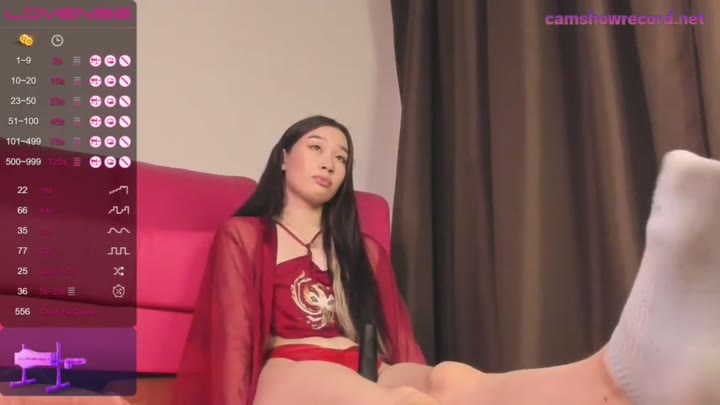Adblock detected!
Please disable your Adblocker or add this website to your exception list. By disabling adblock extension you will help site staying alive. Thank you! ❤️
⚠️
Adblock detected!
Adblock detected!
Please disable your Adblocker or add this website to your exception list to watch this video. By disabling adblock extension you will help site staying alive.












































































































































